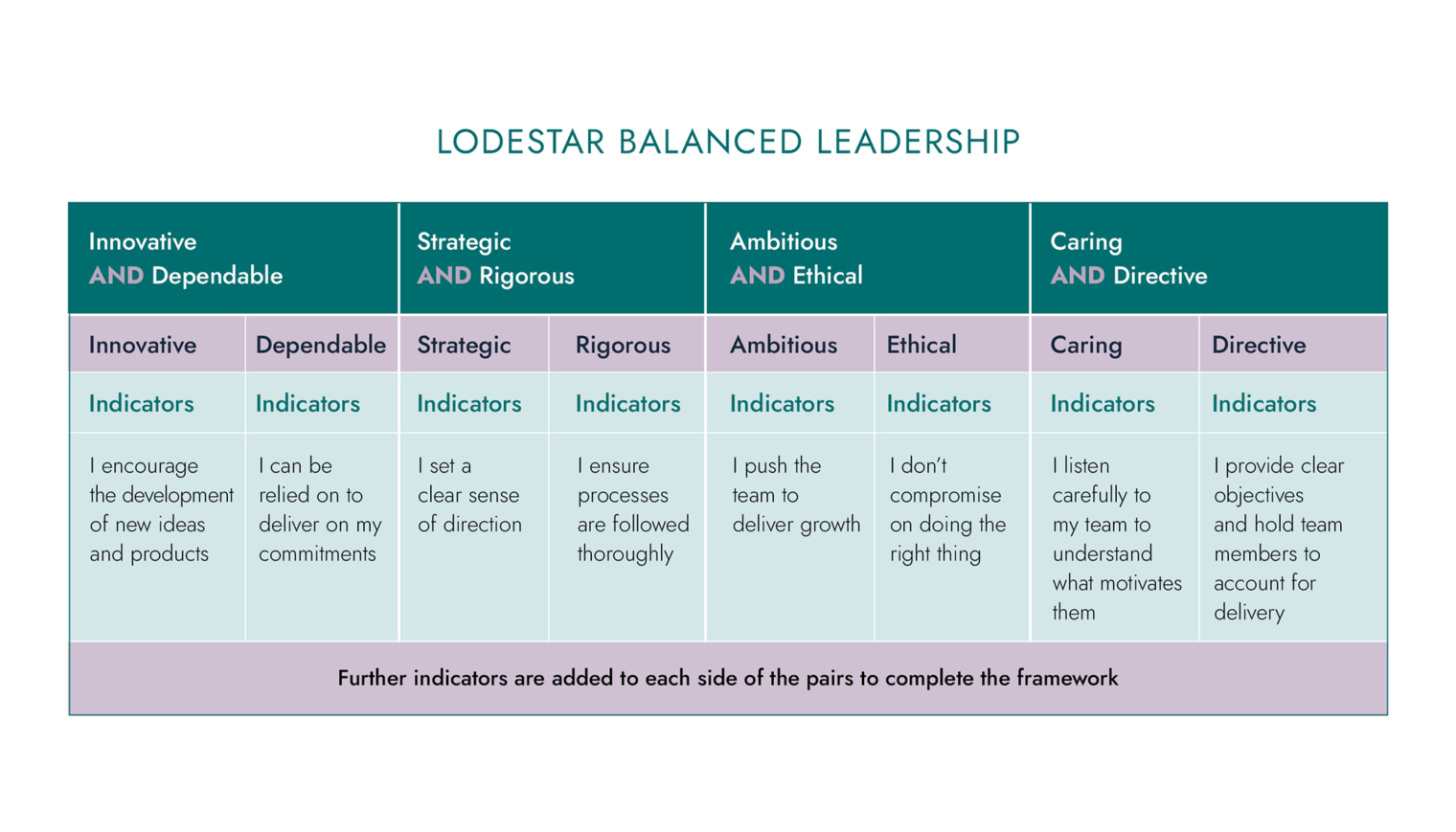Leadership in crisis – Part 3: Aligning the organisation
Insight

Having highlighted the complexity of the current context and the attributes that will enable individual leaders to thrive, in part 3, I share how an organisation can respond as a collective and systemise a leadership culture for success.
Whilst working on a leadership frame for an organisation it became clear that they were grappling with seemingly competing priorities. They had in the past been asking leaders to take a position that required them to choose skills in a binary way excluding some that in reality needed to be maintained alongside their seemingly opposing capabilities. For example, as leaders became more senior, they were asked to focus on the big picture and leave the detail to others, which was making some feel uncomfortable and potentially adding risk into the system. Our belief is that senior leaders need to be able to manage both, and flex between them as necessary.
This observation really made sense to our client and led us to develop the Lodestar Balanced Leadership model which incorporates the concepts of paradox and balance to help leaders navigate across the dilemmas they face on a day-to-day basis.
When presented with this concept a key realisation for leaders is this a not a shift from one leadership quality to the other – it is about embracing both and demonstrating indicators on both sides e.g. listening carefully to my team to understand their motivation and providing clear objectives and holding them to account for delivery.
Below is an illustrative generic example, showing four potential pairings of leadership dilemmas identified by an organisation, supported by indicators crafted to bring these to life.

Making it your own
Our experience tells us that a meaningful leadership framework must be rooted in the cultural of the organisation. We work closely with leaders and their teams to really get under the skin of the strategic dilemmas they face. We then build a unique pragmatic version of “what good looks like”; the pairings and the indicators are designed specifically for each organisation. The indicators are levelled to reflect the leadership structure of the organisation in question. This creates clarity about what is expected to progress and a sense of accountability for senior leaders. This enables management and leadership development needs as it identifies blind spots and capability gaps. We have seen organisations realise that their bias for a caring culture could benefit from balancing with more directive approaches and vice versa. This recognition leads to productive debate and supportive action.
Such a framework can provide the foundation for leadership development programmes, performance management, promotions and resourcing, creating a leadership culture to support leaders who are under pressure like never before.
